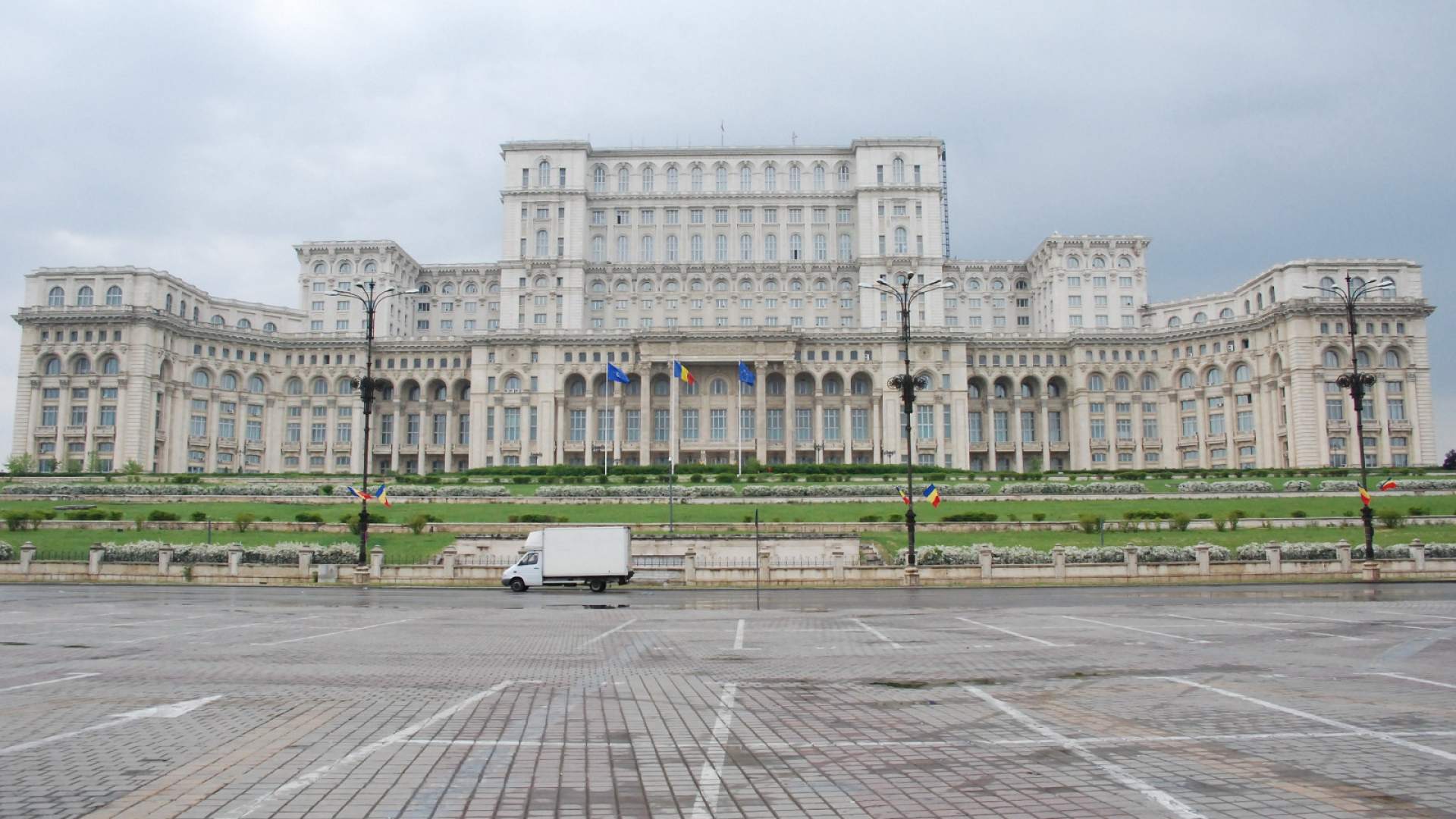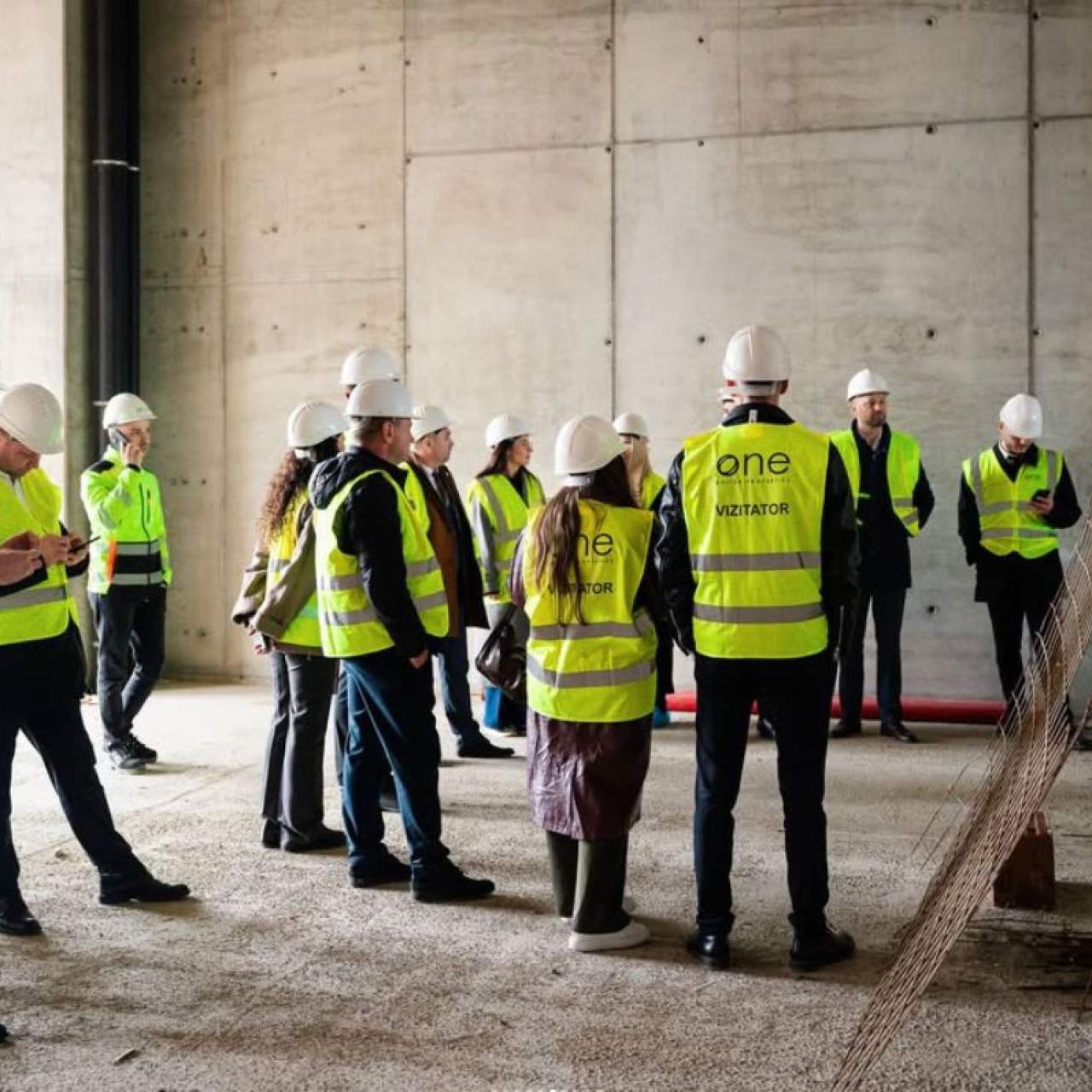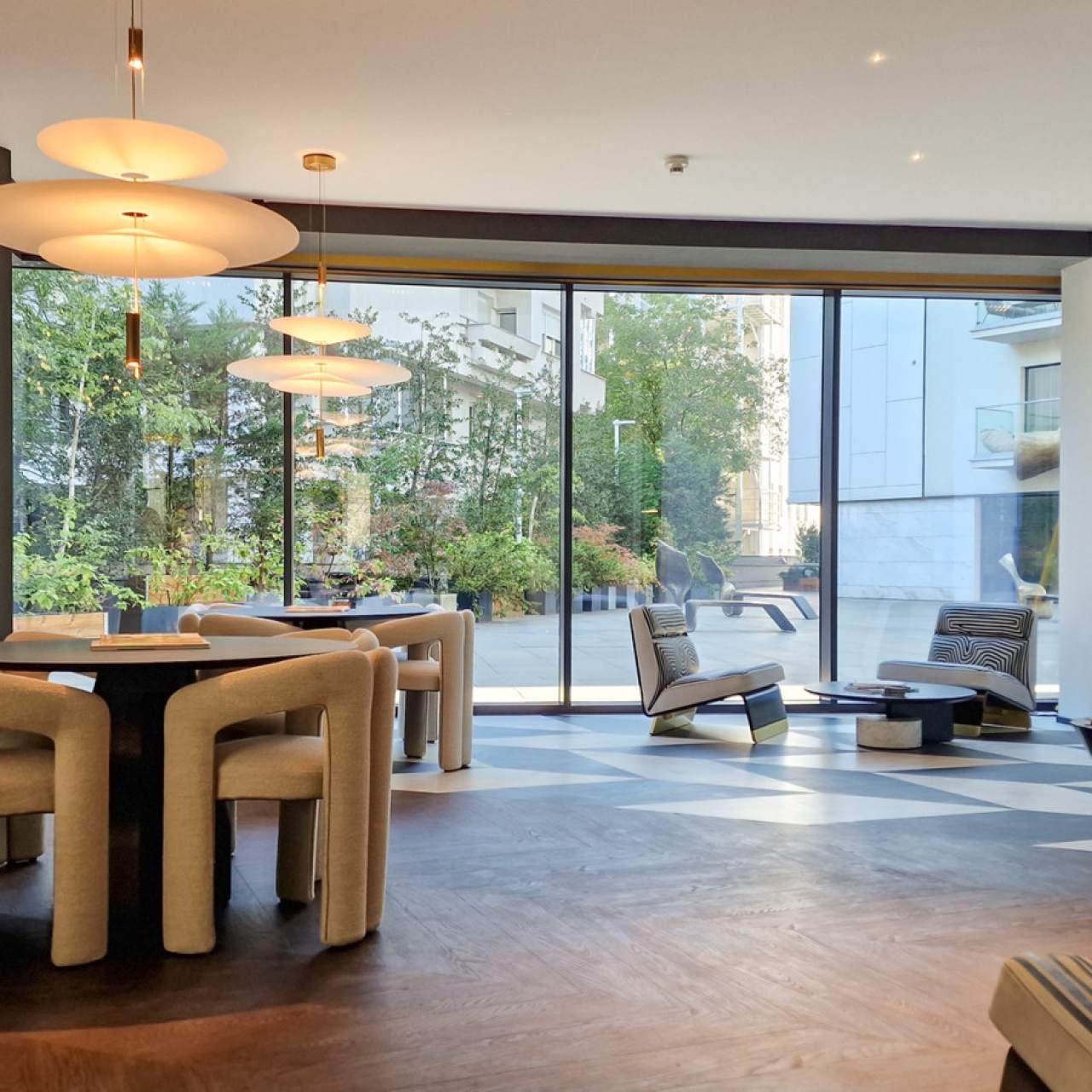
How communism changed the face of Bucharest
Once named the Little Paris, with an intense bourgeois life and an architectural mosaic that raised it to the rank of other Western European capitals, Bucharest had the misfortune to undergo a radical transformation once Romania came under the rule of the communist regime.
What methods did the communist authorities use to erase its luster, turning it into a mirror of totalitarianism?
Demolition
One of the most intensive steps taken by the communist regime was to transform the city so that it could make way for the so-called workers' quarters, meant to serve the ideology of the party. And the most convenient method was that of demolitions. In parallel with the approximately 10,000 private residences destroyed and more than 50,000 people having to move into the workers' blocks that appeared overnight, institutions of important social or cultural value disappeared as well. Among them, we can mention the Salvării Hospital, located in Izvor park, the headquarters of the National Archives, the Brâncovenesc Hospital, the Domnița Bălaşa Church, the Antim Monastery complex, or the Pantelimon Hospital and Monastery. One of the most resounding demolition projects was that of the Uranus neighbourhood, located on Dealul Spirii. Following the earthquake of 1977, the communist authorities decided to build here a socialist political-administrative centre. Thus, the bohemian houses, the streets paved with cubic stone, the workshops, and the shops of the merchants were removed to make way for the House of the People.
New constructions
By far, the most famous building of the communist era is the Palace of Parliament, formerly known as the House of the People. Arranged on 18 levels, nine in height, nine in-depth, and with a height of 84 meters (and another 92 meters underground) and an area of 330,000 square meters, the construction involved an investment of 4 billion euros and the contribution of 700 architects. It is the second largest administrative building in the world, after the Pentagon, and the third in volume, after Cape Canaveral, the headquarters for the assembly of space rockets, and the Quetzalcoatl pyramid in Mexico.
Among other well-known buildings in Bucharest belonging to the communist era are Casa Scânteii, built between 1950-1957, taking the place of the Hippodrome, Sala Palatului, inaugurated in 1960, the State Circus, built in 1960, and the Intercontinental Hotel, opened in 1971, after three years of work.
However, the biggest imprint of communism on the city came after Nicolae Ceaușescu's visit to China and Korea, when the leader decided to begin constructions for workers housing blocks. Originally built on the outskirts, they gradually filled the city, transforming Little Paris into a city of concrete.
Changing the names and functionality of buildings
One of the institutions that changed both its name and its functionality was the Central School. Following the establishment of the communist regime, Elena Malaxa, the director of the school, was denied the right to teach, and the institution would go through many changes: for a period, it was even turned from a girls' school into a mixed middle school. Another building whose role was changed during the years of the totalitarian regime was the Royal Palace on Kiseleff Boulevard. Following the abdication of King Mihai, the building would take on the role of Club of the USSR Embassy. Later, starting in 1981, it would be transformed into a student dormitory. Another building that was impacted by the communist authorities was the Băneasa train station. Originally a royal station, part of a project led by the architect Duiliu Marcu together with the station from Sinaia, starting in 1950 it became a protocol station for politicians and for welcoming other foreign officials. Even the streets did not escape the communist influence and received different names. Biserica Amzei street, for example, became Gladiolelor, and Maica Domnului and Lizeanu became known as Horizon.
Moving buildings
Another practice used during the years of communism was the relocation of buildings to make way for new constructions designed to serve the socialist interests of the authorities. One of the most famous cases of moving buildings was that of the Mihai Vodă Monastery church. Founded by Mihai Viteazul, it received the demolition vote in 1985. However, following intense protests and the memoranda submitted by numerous intellectuals, such as Geo Bogza, Constantin Noica, and Mihail Șora, the church, and the bell tower escaped a fate that seemed inevitable. Therefore, from the hill on which they were located, they were moved down almost 300 meters, under the coordination of the engineer Eugeniu I. Iordăchescu. Other religious buildings that escaped the "radar" of the bulldozers through the moving technique were Olari church, St. Gheorghe church, and St. Ștefan „Cuibul cu barză".
Data for this article was obtained from antena3.ro, digi24.ro, danagont.ro, bucurestiivechisinoi.ro, antenasatelor.ro and wikipedia.com.
Inspired by the article?
Explore apartments in neighborhoods worth discovering:


